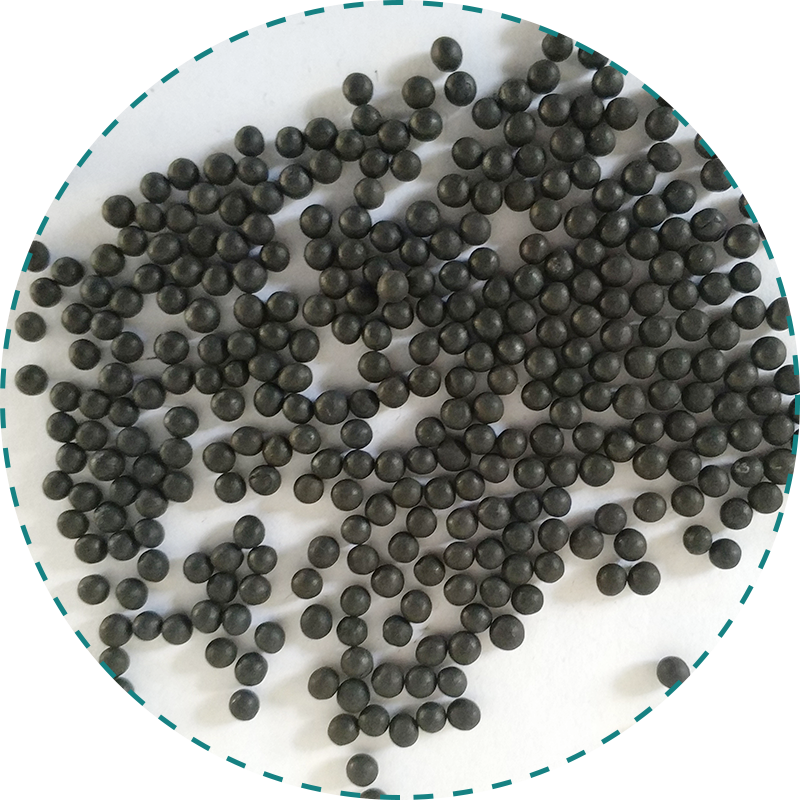The Versatile of Palladium Catalysts in Organic Synthesis
Palladium catalysts have revolutionized the field of organic synthesis, offering unparalleled versatility and efficiency in a wide range of chemical reactions. The unique properties of palladium, including its ability to exist in multiple oxidation states and form stable complexes with various ligands, make it an indispensable component in modern synthetic methodologies.
Cross-Coupling Reactions
One of the most prominent applications of palladium catalysts is in cross-coupling reactions – a cornerstone in modern organic synthesis. These reactions allow for the formation of carbon-carbon bonds between organometallic compounds and electrophiles, enabling the creation of complex organic molecules from simple building blocks. Palladium-catalyzed reactions such as Suzuki-Miyaura, Heck, Negishi, and Sonogashira couplings have become ubiquitous tools for synthetic chemists.
Homogeneous Catalysis
In homogeneous catalysis, palladium catalysts offer superior activity and selectivity due to their well-defined active sites. They are often used in hydrogenation reactions, where they can add hydrogen to carbon-carbon double bonds or other unsaturated compounds with high precision, leading to the production of fine chemicals, pharmaceuticals, and more.
Heterogeneous Catalysis
Palladium also finds use as a heterogeneous catalyst, supported on materials like carbon, alumina, or silica. In this form, it facilitates reactions such as hydrogenations and carbon-oxygen bond activations, while being easily recoverable and reusable, making the process both economically and environmentally viable.
Green Chemistry Aspects
The use of palladium catalysts aligns with the principles of green chemistry by minimizing waste and improving reaction efficiency. With palladium catalysts, reactions can be performed under milder conditions, reducing energy consumption and byproduct formation. Additionally, efforts are ongoing to develop recyclable palladium catalysts, further enhancing sustainability.
Challenges and Innovations
Despite their widespread use, challenges remain in the application of palladium catalysts, notably regarding cost and catalyst poisoning. However, research continues to address these issues through the development of new ligand systems, alternative palladium sources, and improved immobilization techniques for heterogeneous catalysts.
Future Outlook
As the demand for advanced materials and complex molecular architectures grows, so does the need for efficient and selective catalysts. The future of palladium catalysis looks promising, with ongoing innovations expected to yield even more effective and environmentally benign catalysts that will further propel the boundaries of synthetic chemistry.
Palladium catalysts stand at the forefront of synthetic methodology due to their exceptional ability to facilitate a diverse array of chemical transformations with high efficiency and selectivity. Their role in promoting sustainable practices and the ongoing developments aimed at enhancing their performance ensure that palladium will remain an indispensable component in the toolbox of synthetic chemists for years to come.
Cross-Coupling Reactions
One of the most prominent applications of palladium catalysts is in cross-coupling reactions – a cornerstone in modern organic synthesis. These reactions allow for the formation of carbon-carbon bonds between organometallic compounds and electrophiles, enabling the creation of complex organic molecules from simple building blocks. Palladium-catalyzed reactions such as Suzuki-Miyaura, Heck, Negishi, and Sonogashira couplings have become ubiquitous tools for synthetic chemists.
Homogeneous Catalysis
In homogeneous catalysis, palladium catalysts offer superior activity and selectivity due to their well-defined active sites. They are often used in hydrogenation reactions, where they can add hydrogen to carbon-carbon double bonds or other unsaturated compounds with high precision, leading to the production of fine chemicals, pharmaceuticals, and more.
Heterogeneous Catalysis
Palladium also finds use as a heterogeneous catalyst, supported on materials like carbon, alumina, or silica. In this form, it facilitates reactions such as hydrogenations and carbon-oxygen bond activations, while being easily recoverable and reusable, making the process both economically and environmentally viable.
Green Chemistry Aspects
The use of palladium catalysts aligns with the principles of green chemistry by minimizing waste and improving reaction efficiency. With palladium catalysts, reactions can be performed under milder conditions, reducing energy consumption and byproduct formation. Additionally, efforts are ongoing to develop recyclable palladium catalysts, further enhancing sustainability.
Challenges and Innovations
Despite their widespread use, challenges remain in the application of palladium catalysts, notably regarding cost and catalyst poisoning. However, research continues to address these issues through the development of new ligand systems, alternative palladium sources, and improved immobilization techniques for heterogeneous catalysts.
Future Outlook
As the demand for advanced materials and complex molecular architectures grows, so does the need for efficient and selective catalysts. The future of palladium catalysis looks promising, with ongoing innovations expected to yield even more effective and environmentally benign catalysts that will further propel the boundaries of synthetic chemistry.
Palladium catalysts stand at the forefront of synthetic methodology due to their exceptional ability to facilitate a diverse array of chemical transformations with high efficiency and selectivity. Their role in promoting sustainable practices and the ongoing developments aimed at enhancing their performance ensure that palladium will remain an indispensable component in the toolbox of synthetic chemists for years to come.
